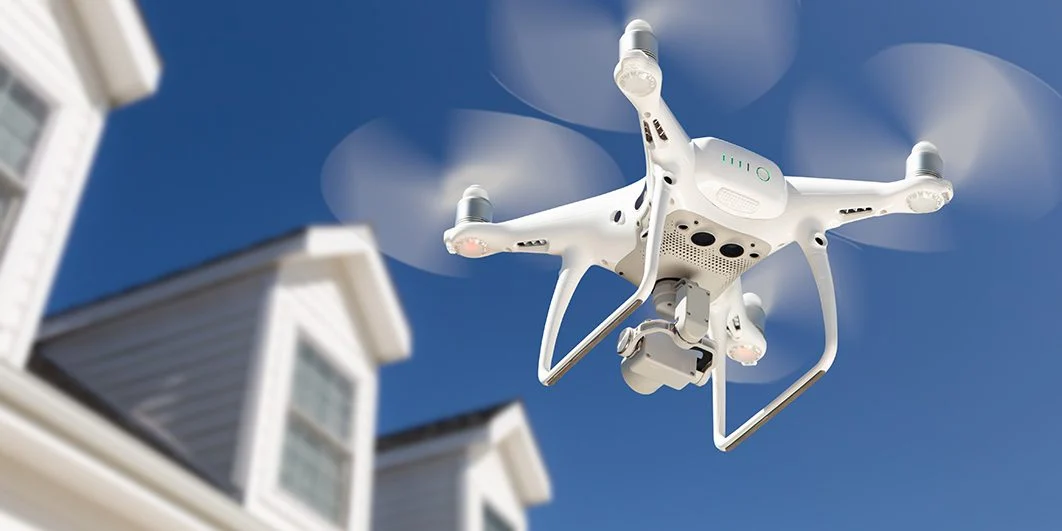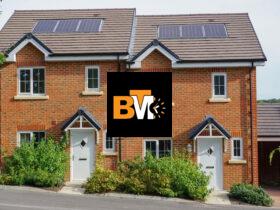Building inspections can be a time-consuming task when using traditional methods, so drones have become increasingly popular in this field. The building’s condition can be mapped and surveyed by drone, which produces high-quality images and reduces the risk to human safety.
If you wish to use a drone during your building inspections, then you must purchase an effective commercial drone. These drones are designed with cutting-edge technology to ensure building inspections are completed successfully.
However, if you would like more information on why drones are quickly becoming critical in this industry, three of the main reasons are listed below.
Cost-Effective
When comparing drone inspections with traditional methods, such as scaffolding and rope access, it is clear which option is the most cost-effective. Drones are cheaper than and eliminate the need for bulky access equipment like ladders and scaffolding framework, which can be expensive to buy and rent.
The length of time you require the equipment for traditional inspection methods can also impact the cost. With the right training and safe operation, drones can be used quickly when inspecting, completing a full building in less time than scaffolding and rope access would allow. Coptrz have stated that an average, traditional survey duration can take two to three weeks, while the use of drones can cut the time to one to four days. This means the use of a drone would cut costs, especially if regular inspections are required.
Furthermore, drones can detect problems early, including moss growth and potential structural damage. By catching these issues early, you will avoid the need for pricey repairs.
Access Hard-to-Reach Areas
A drone is much more effective at accessing hard-to-reach places that building inspectors can face at times. This is one of the best ways to reduce the risk to human life that traditional methods can result in; scaffolding, for example, requires individuals climbing multiple levels to examine high parts of the building.
If a person does need to access the building, the drone can be used to determine the best and safest route. This is especially important if roofs are damaged and collapsing or metallic structures are beginning to corrode.
Improved Safety
With the use of drones, inspectors can stay on the ground and avoid climbing up hazardous areas of the buildings. This will minimise the risk of accidents and injuries. Most injuries will occur when people are working up high or in confined spaces. Plus, with scaffolding against the building, there is the risk of loose bricks or other materials falling, which could injure people in the general area.
If scaffolding or other traditional methods are used, this could close off parts of the building and its surroundings until the work is completed, too. This could lead to individuals being redirected; they might also be injured by using other routes, which have the potential to be unsafe.
By understanding why it is beneficial to use drones for building inspections, you can then begin searching for your preferred drone. There are different drones that could meet a business’ specific needs, and this would maximise how efficient the inspections are.







Leave a Reply